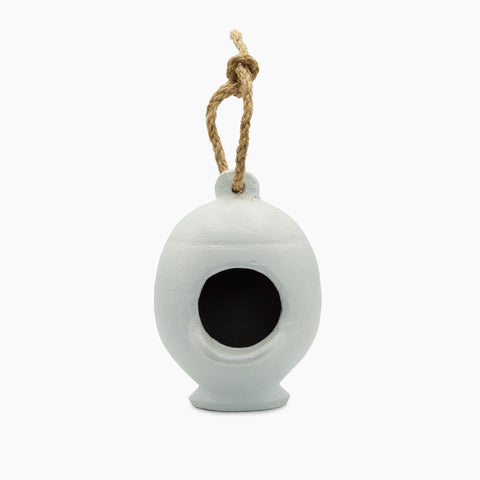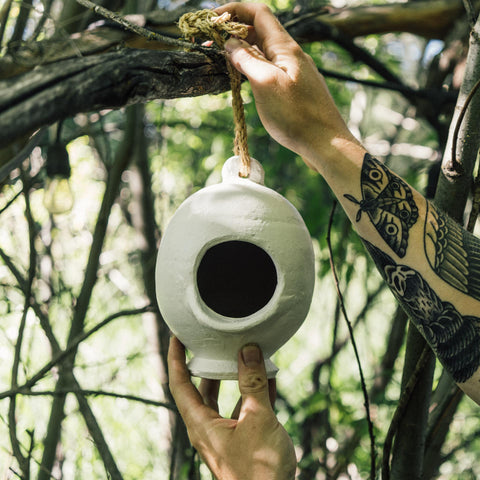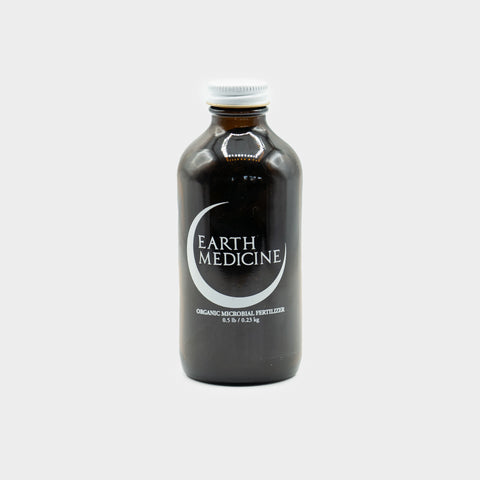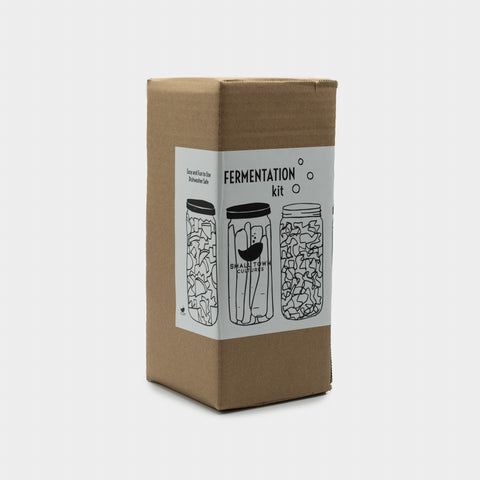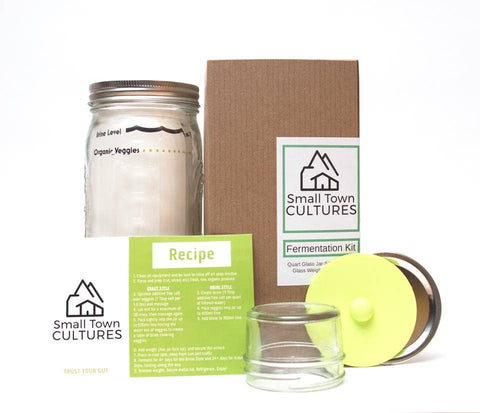Backyard Healing Balm

We created this recipe for Backyard Healing Balm after years of having our hands in the garden, and dealing with the effects on our skin.
This healing balm works with native plants and offers a new way for your garden to nourish your being!
Whether you have a wildflower meadow, an overgrown lawn, a nice & tidy garden, or a humble container garden.. This recipe is adaptable and accessible to use a wide variety of healing plants.

What is a Healing Balm?
A balm is a blend of beeswax & herbal-infused oil that helps to nourish your skin and aid in healing.
Backyard Healing Balm Recipe:
We wanted this balm to be adaptable to what you might find easily in your garden. It is meant to be accessible and interchangeable. Our goal with this balm was to create something that would help to nourish dry, cracked gardener’s hands. We have three main healing plants that should be your base if they’re accessible. These are the top three. The bottom half are others.. Add some of them in the recipe, or add them all!
*We use dried plants to help prevent spoilage as fresh plant material has a higher water content. If you want to use fresh plants, it is recommended to let them dry for 12-24 hours beforehand to let go of extra moisture.

Ingredients:
Herbs and Plants:
2 tablespoons of dried dandelion flower & leaf
2 tablespoons of dried plantain leaf
1 tablespoon of dried calendula flowers
½ tablespoon of dried yarrow flowers and leaves
½ tablespoon of dried mugwort
½ tablespoon of dried lavender
Oil- Jojoba, Olive Oil, and MCT Oil work well
Other Items Needed:
Jars - 1 pint glass, and a few smaller tins or jars for your finished product
Kitchen Utensils- Spoon, strainer, cheesecloth, cloth, pot, double boiler (or make a double boiler system using two pots)
Step 1: Infuse the Herbs Into the Oil
This is an important step for extracting the medicine from the plants and thus, helping to ensure our balm has healing properties. This step takes some time for the plants to infuse but we believe it’s the most effective way to ensure the infusion of the medicinal property of the plants.
Gather all of your dried herbs and place them in a pint-size glass mason jar. Add oil to the top of the jar, leaving about ½ -1 inch of space at the top. Stir and mix your herbs together to ensure that the plant material is thoroughly covered in oil. If you used fresh herbs, cover the jar with cloth so moisture can escape. If you used dried herb, you can use an air-tight lid and shake the herbs and oil to soak them. Leave the plants to infuse for at least 2 weeks (3-4 will be more potent) in a dark area like a pantry.
*Solar-infusions: Solar Infusions is when you leave your mixture in the sunlight. We recommend this with some herbs… but not all as the bright, intense light of summer can diminish some of the medicinal properties.
After your herbs have infused, strain the herbs out of the oil using a strainer and cheesecloth. The oil that strains out should be free of any larger plant material and can then be stored in a clean, air-tight container.
Step 2: Mix your Infused Oil with Beeswax to Make a Balm
Balm Ingredients:
1 cup of your herbal-infused oil
⅓ cup of beeswax (wither pastilles or shaved)
Instruction:
Melt the beeswax into your herbal-infused oil in a double boiler until melter and combined thoroughly.
To ensure healing properties, do not let boil and do not heat longer than necessary. Once you remove it from heat, quickly pour into your prefered jar(s) or tin(s) and let cool completely on an even surface.
Once it’s dried, you can store it in a cool, dry place (so it won’t get warm and melt). Label with the date so you know when you made it. It should be good for at least 1 year.
Use as needed and throughout the season for dried and cracked hands and heals!
